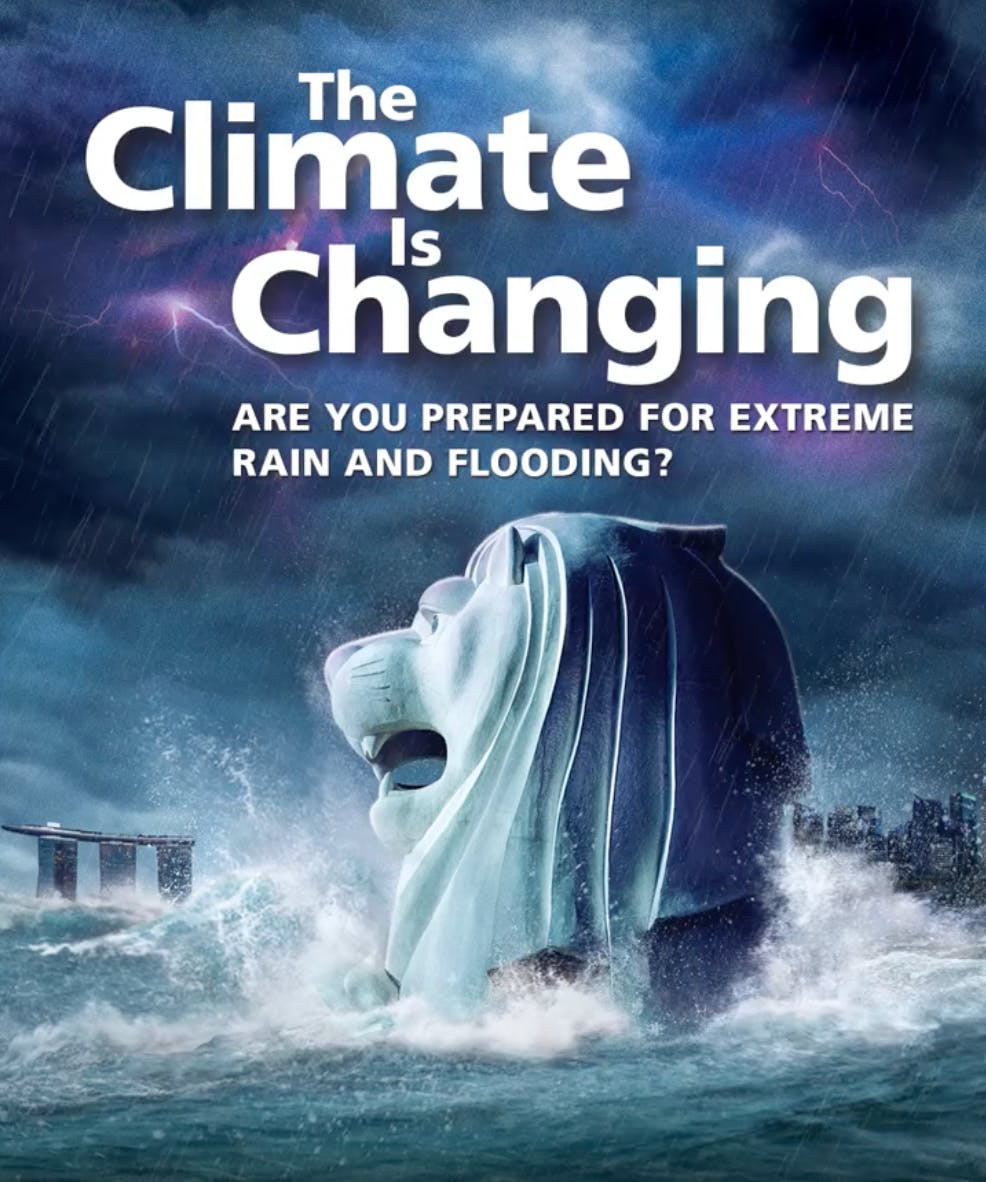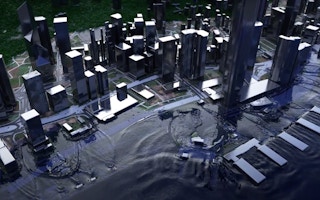Apocalyptic images of raging typhoons, rising seas and submerged buildings do not scare people into worrying about climate change or shifting to planet-friendly lifestyles, a new study suggests.
To continue reading, subscribe to Eco‑Business.
There's something for everyone. We offer a range of subscription plans.
- Access our stories and receive our Insights Weekly newsletter with the free EB Member plan.
- Unlock unlimited access to our content and archive with EB Circle.
- Publish your content with EB Premium.
A group of Hong Kong residents exposed to a virtual simulation of a super-typhoon projected to hit Hong Kong sometime between 2050 and 2100 were not motivated to change their behaviour, and were actually less inclined to see climate change as a risk or take climate action.
The simulation was based on Typhoon Mangkhut, which battered parts of the Philippines, Guam and China in 2018, killing 134 people and causing US$3.8 billion in damage. Storms like Mangkhut are projected to get more frequent and intense as seas warm and sea-levels rise.
But individuals who experienced what the future climate reality could be like were not motivated to make behavioural changes, particularly climate sceptics and people who already live more eco-friendly lives, the study of 1,500 Hongkongers by Singapore Management University (SMU) found.
Climate sceptics – people who do not believe that anthropogenic climate change is happening and that the simulated storm surges are not going to occur – doubled down on their views and showed a major decrease in climate risk perception.
“
This is not science fiction. We could see sea surges of six metres in Central [i.e. Hong Kong’s central business district]. But just showing people what will happen does not move the needle for climate action.
Dr Terry van Gevelt, assistant professor, Urban Sustainability College of Integrative Studies, Singapore Management University

A 2021 advertisement by Singapore’s water agency PUB warning of rising seas and extreme flooding. Image: PUB
So did people leading more environmentally-conscious lives who are already aware of the risks of climate change.
Those who identified as neither climate sceptics or tree-huggers showed only a slight positive increase in climate risk perception.
“Visualising the devastating impacts of climate change play out in the cities we live in should provide the wake-up call needed to modify individual behaviour and support costly climate adaptation and mitigation measures. Unfortunately, our results suggest that ‘seeing is not believing’, especially for climate sceptics,” said Dr Terry van Gevelt, assistant professor of Urban Sustainability College of Integrative Studies, SMU.
Why weather warnings don’t work
The experient failed to shock people into taking climate change more seriously because of the “psychological distance” between them and extreme weather events, which were deemed too far into the future compared to here-and-now issues.
Some respondents said that they felt powerless to address climate change, so were not inclined to change their behaviour. Others stated that the simulated storm surge was not sufficiently destructive to worry them, and noted that video did not feature any people.
Van Gevelt told Eco-Business that as Hong Kong has some of the world’s best climate defences, it is “hard to get people to think that climate impacts will get much worse”.
Unlike many cities in East and Southeast Asia, Hong Kong has strong coastal defences, drainage and building designs that can withstrand heavy storms. But these defences may not cope with more intense and frequent extreme weather events as global temperatures rise.
Hong Kong has already warmed by 1.8°C compared to the global average of 1.2°C. Regional rival Singapore is also warming faster than the rest of the world.
Van Gevelt noted that Singapore has been more active than Hong Kong at communicating the dangers of climate change to it citizens. In 2021, the city-state’s water agency PUB ran a dramatic campaign that featured submerged landmarks and a couple rushing to protect a boy from a tsunami.
By contrast, Hong Kong frames climate change with a greater focus on self-responsibility and bottom-up behavioural change in public campaigns.
“Singapore is aware of what needs to be done [to adapt to climate change] and needs public support. The government cushions its population from a lot [from reality], and the lack of immediacy of climate change is a big barrier to traditional forms of communication,” he said.
Governments, civic society and businesses need to “accept the complexity” of communicating climate change and tailor messaging to specific audiences in order to be effective, van Gevelt added.
Storytelling that allows individuals to choose their own scenarios is usually the most effective way to raise climate risk awareness, said van Gevelt, but noted that tailoring messaging to individuals can be expensive.
SMU’s study emerges amid reports of rising climate anxiety globally, particularly among young people. A 2021 10-country study of 16- to 25-year-olds found that 84 per cent were at least “moderately worried” about the climate crisis.










